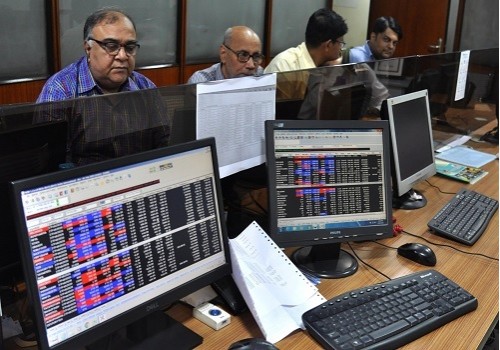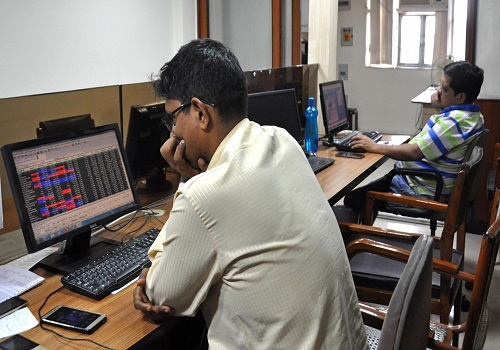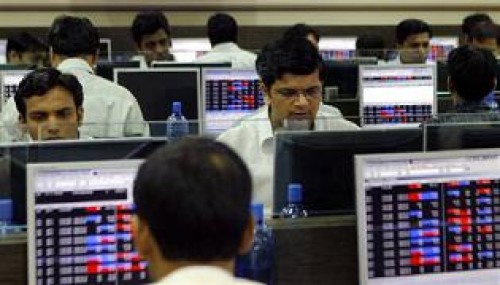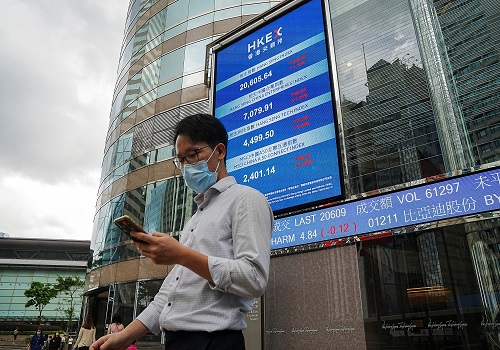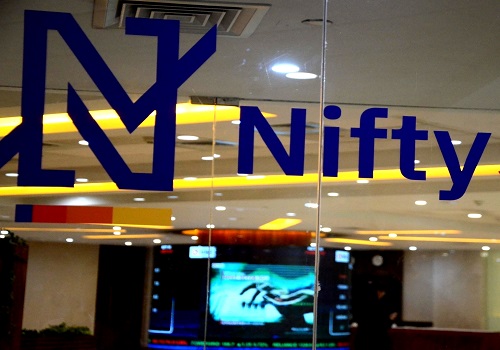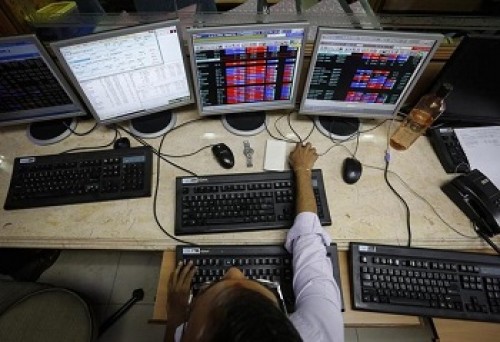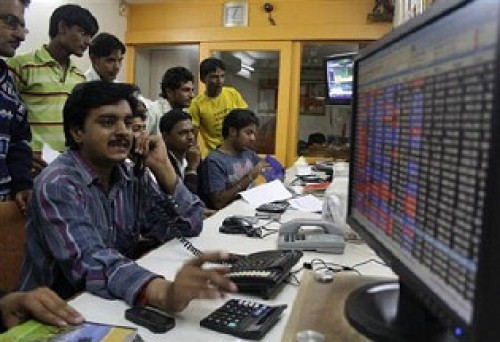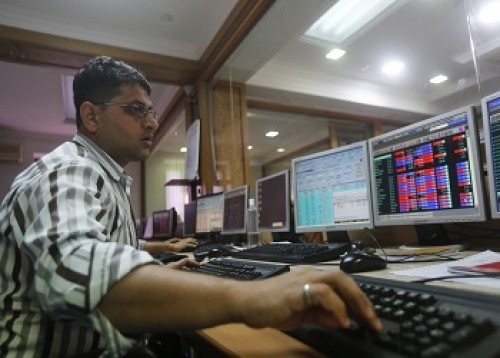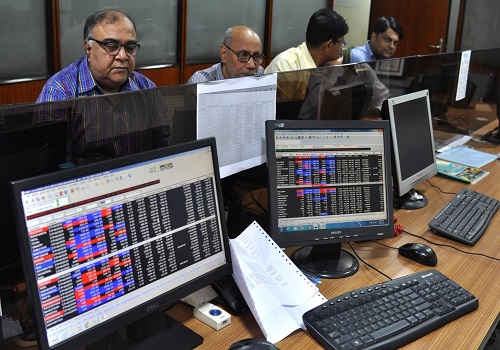Opening Bell: Markets likely to make negative start on weak cues from global markets
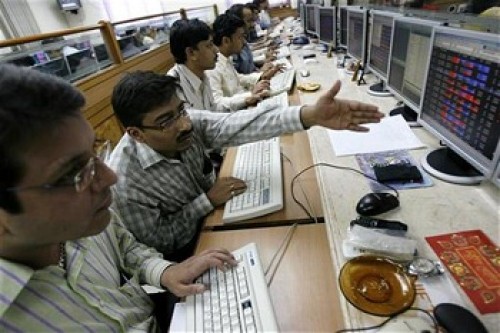
Follow us Now on Telegram ! Get daily 10 - 12 important updates on Business, Finance and Investment. Join our Telegram Channel
Indian equity benchmarks ended lower on Wednesday led by Realty, Metal and Consumer Durables stocks. Today, markets are likely to make negative start on weak cues from global markets. Traders may remain concerned as a private report said that India's GDP growth will slow down to 5.5 per cent in FY24 from the 6.9 per cent expected in the current fiscal 2022-23. The slowdown was attributed to slowing global growth and tightening of monetary policies. It said India will be among the lesser affected economies in the world, but made it clear that the world's fifth largest economy is not immune from global headwinds. However, some respite may come later in the day on falling crude oil prices. Traders may take some solace as the Centre amended the foreign trade policy (FTP) to enable traders to claim export benefits even if payment is settled in the rupee. So far, export incentives were available only when the trade was settled in a foreign currency. The amendments by the Directorate General of Foreign Trade (DGFT) came into force with immediate effect. The development comes against the backdrop of the mechanism to settle international trade transactions in the rupee which was unveiled by the Reserve Bank of India (RBI) in July. Given the government’s push towards the internationalisation of the rupee, these policy amendments shall help ease international trade transactions in the domestic currency. Some support may also come as Union Minister of Road Transport and Highways Nitin Gadkari approved a slew of new road projects, valued at Rs 68,000 crore, in four Northeastern states to make international standard surface connectivity. There will be some buzz in TV Broadcasting related stocks as the government unveiled revised uplinking and downlinking guidelines for satellite television channels that allows Indian teleports to uplink foreign channels and scraps permission for live telecast of events. The Guidelines for Uplinking and Downlinking of Satellite Television Channels in India, 2022, which have been approved by the Union Cabinet, also makes it mandatory for television channels to telecast content in national and public interest for 30 minutes every day. There will be some reaction in coal related stocks as the Centre said that the demand for coal in India is still to reach its peak and the dry fuel will continue to play a key role in the energy mix till 2040 and beyond. Therefore, shift from coal will not happen in foreseeable future in the country.
On the global front, Asian markets were trading mostly lower in early deals on Thursday following negative cues from US markets overnight. The US markets ended lower on Wednesday amid Republican gains in midterm elections appeared more modest than some expected, with investors also focusing on upcoming inflation data that will provide clues about the severity of future interest rate hikes.
Back home, Indian equity benchmarks remained volatile and ended marginally lower on Wednesday. Selling pressure was seen across all major sectors except banking and FMCG stocks. Key gauges made positive start, as traders took some support with Foreign Minister Subrahmanyam Jaishankar’s statement that India will continue buying Russian oil as it is advantageous for the country. He added it is government’s fundamental obligation to ensure that the Indian consumer has the best possible access on most advantageous terms to international (oil and gas) markets. Some support also came in with latest quarterly survey on Indian manufacturing sector by FICCI stated that the growth momentum in India’s manufacturing sector is likely to have picked up in the September quarter and may sustain for the next six to nine months over rising capacity utilization. The survey shows 61 per cent respondents reporting higher production level in September quarter compared to the same period a year ago as against 55 per cent respondents reporting higher output in June quarter of FY23. However, benchmark indices reversed their gains and slipped into red terrain in morning deals, as traders turned cautious with Chief Economic Advisor V Anantha Nageswaran’s statement that India’s gross domestic product (GDP) growth for the current fiscal year (FY23) is now expected to be between 6.5 and 7 per cent. This was for the first time a government official said real economic growth may not exceed 7 per cent this fiscal year. Since the April-June GDP print, a number of agencies, including the International Monetary Fund (IMF) and the Reserve Bank of India, have lowered their GDP forecast for India on the back of uneven pick-up in demand and global headwinds caused by the war in Europe. Sentiments remained weak with private report stating that hiring activity declined 6 per cent year-on-year in October as recruiters adopted a cautious approach in adding new workforce. Meanwhile, amid a slowdown in outbound shipments from India, Commerce and industry minister Piyush Goyal asked exporters to make temporary changes in their pricing structure in order to retain the export market. But, an appreciation in the rupee against the US dollar and unabated foreign capital inflows helped the indices restrict the losses. Finally, the BSE Sensex fell 151.60 points or 0.25% to 61,033.55 and the CNX Nifty was down by 45.80 points or 0.25% to 18,157.00.
Above views are of the author and not of the website kindly read disclaimer


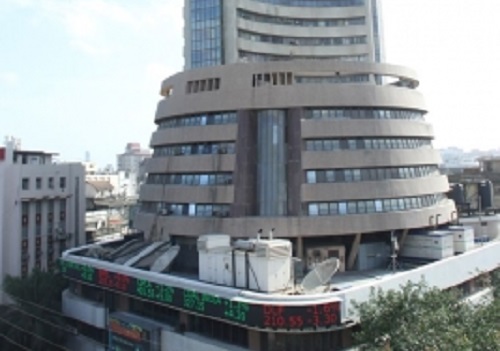







Tag News

Weekly Market Analysis : Markets strengthened recovery and gained nearly 2% in the passing w...
